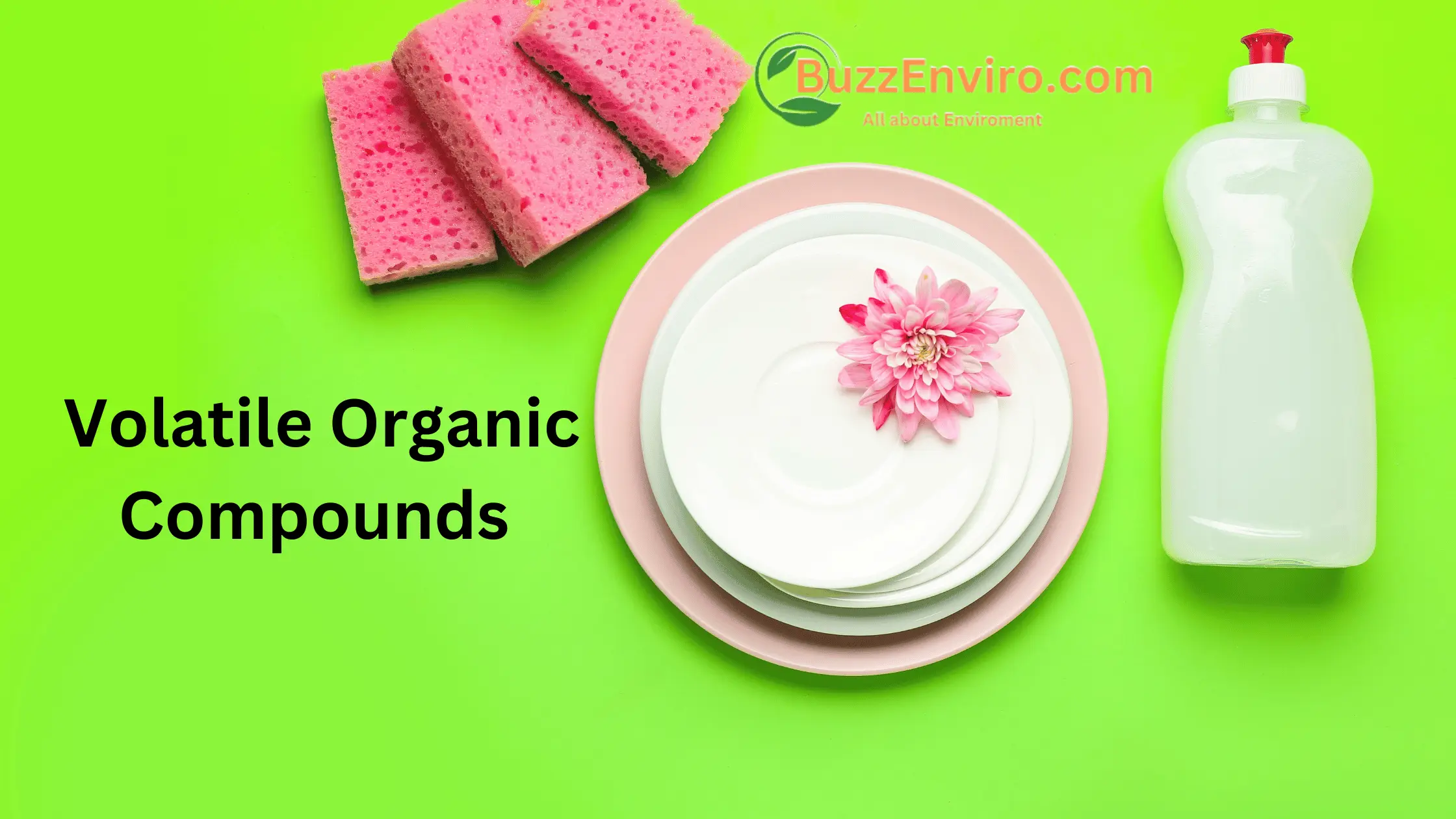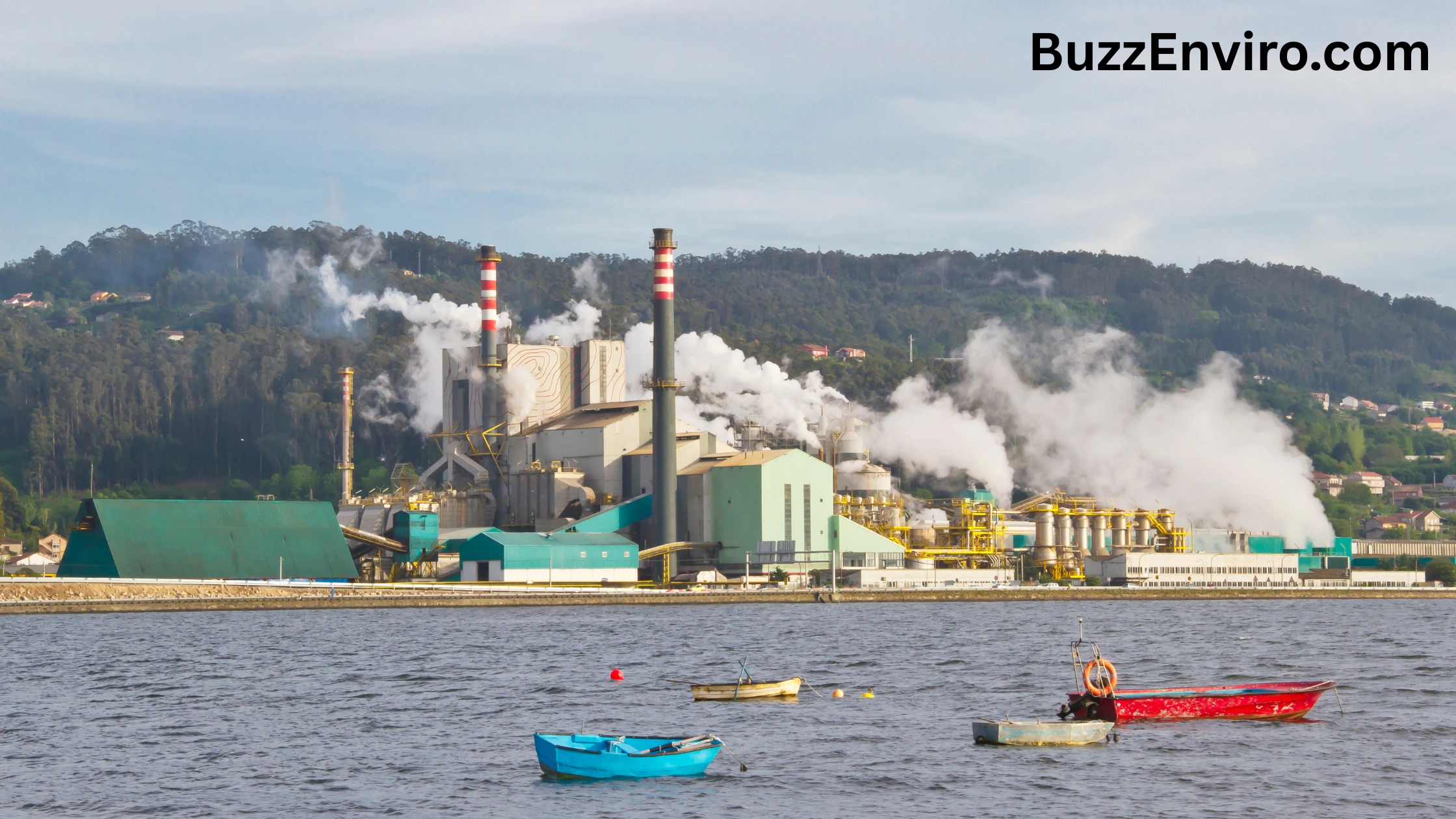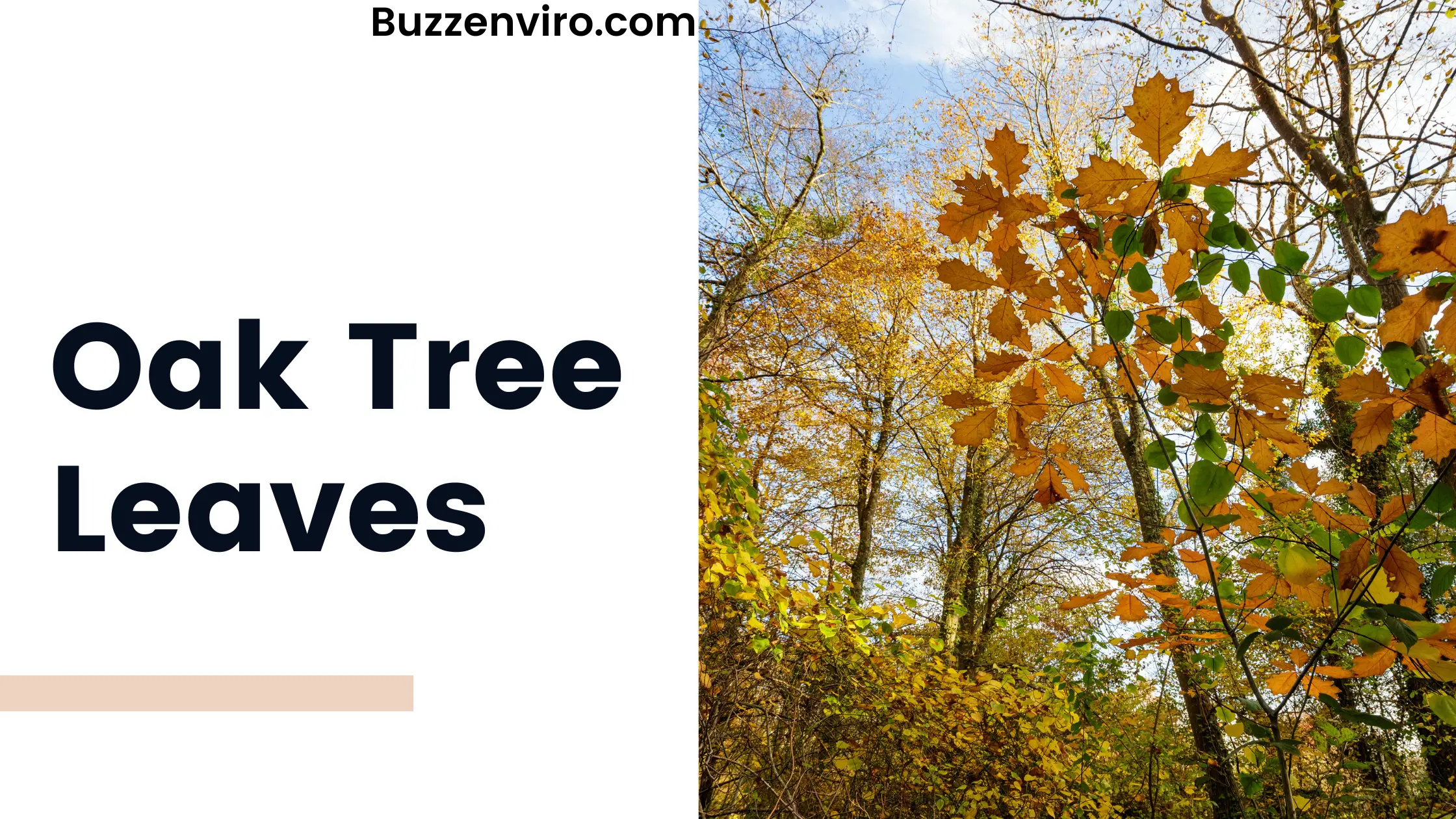Volatile organic compounds (VOCs) are chemicals that easily turn into gases or vapours at room temperature. They are found in a wide range of products and materials, from household cleaners to construction materials, and can have negative effects on both human health and the environment. In this blog, we will define VOCs, provide examples of where they can be found, and offer tips on how to avoid them.
What is Volatile Organic Compounds?
Volatile organic compounds are chemicals that contain carbon and easily evaporate into the air at room temperature. They can come from both natural and human-made sources, including plants, animals, and industrial processes. While not all VOCs are harmful, some can have negative effects on human health and the environment.
Sources of VoCs
1. Natural Resources
Plants:- Trees and vegetation release VOCs such as terpenes as a part of their natural processes.
Wildfires:- Burning vegetation releases large amounts of VOCs into the atmosphere.
Soil:- Microorganisms in soil can produce VOCs as metabolic byproducts.
2. Human-Made Resources
Industrial Processes:- Manufacturing, processing, and use of chemicals and solvents release VOCs into the air.
Consumer Products:- Cleaning agents, paints, varnishes, and personal care products often contain VOCs that can evaporate during use.
Vehicle Emissions:- Combustion engines emit VOCs as unburned fuel and by-products of combustion.
Volatile Organic Compounds Examples
Volatile organic compounds can be found in a wide range of products. Some Examples are given below:
- Household cleaners, such as air fresheners, disinfectants, and window cleaners.
- Personal care products, such as perfumes, hairsprays, and deodorants.
- Building materials, such as paint, adhesives, and carpet.
- Fuels and solvents, such as gasoline and degreasers.
Volatile Organic Compounds Environmental Effects
Exposure to volatile organic compounds can have negative effects on both human health and the environment. In humans, VOCs can cause a range of health problems, including headaches, nausea, eye and throat irritation, and respiratory problems. Long-term exposure to certain VOCs, such as benzene, can even increase the risk of cancer. VOCs can also contribute to air pollution and climate change.
When VOCs react with other pollutants in the air, they can form ground-level ozone, which can harm human health and damage crops. Additionally, VOCs contribute to the formation of greenhouse gases, which contribute to climate change.
How to Avoid Volatile Organic Compounds
There are several ways to reduce exposure to volatile organic compounds:
1. Choose products with low VOC content. Look for products that are labelled as “low VOC” or “zero VOC.” These products contain fewer or no volatile organic compounds.
2. Properly ventilate your home. Make sure your home is well- ventilated, especially when using products that contain VOCs. Open windows and use exhaust fans to help reduce exposure.
3. Use natural alternatives. Consider using natural alternatives to common products that contain VOCs, such as vinegar and baking soda for cleaning, and beeswax or soy wax candles instead of traditional paraffin wax candles.
Conclusion
Volatile organic compounds (VOCs) are chemicals that can have negative effects on both human health and the environment. They can be found in a wide range of products and materials, including household cleaners, personal care products, and building materials. To reduce exposure to VOCs, it is important to choose products with low VOC content, properly ventilate your home, and use natural alternatives whenever possible. By taking steps to avoid volatile organic compounds, we can protect our health and the health of the environment.






